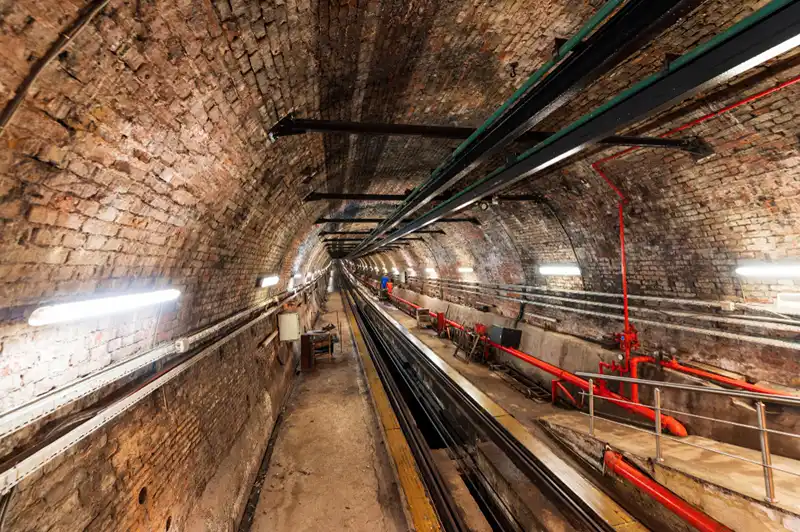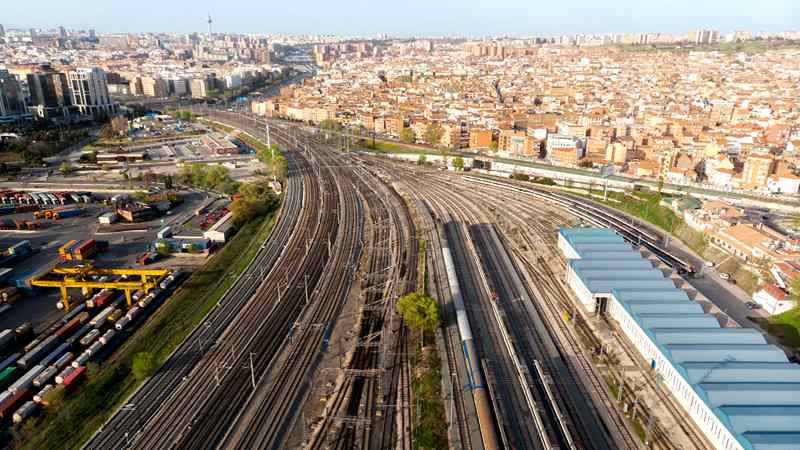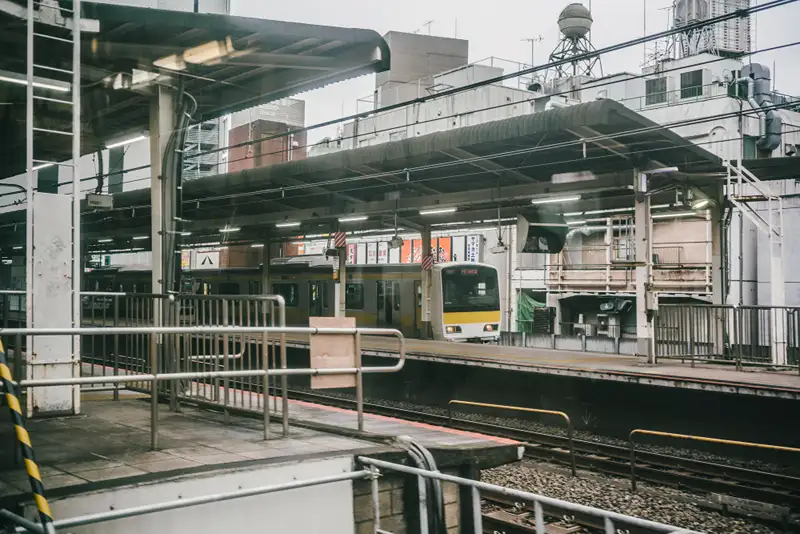The sound of a train running perfectly on time is the sound of success.
That seamless, safe, and efficient travel depends on tracks, bridges, and tunnels built to endure the toughest conditions. This endurance is now possible thanks to the latest leaps in railway construction technology. Forget old-school track laying; modern infrastructure is defined by smarter, faster, and more sustainable methods—using everything from advanced signalling systems and predictive maintenance to AI and cutting-edge automation.
Join us as we explore these powerful technologies, understand the real-world benefits they bring, and show you exactly how GIRIRAJ is applying them to construct the next generation of high-performance railway infrastructure.
1. Planning & Design: Getting It Right from the Start
- Building Information Modeling (BIM) and 3D/4D modelling: With BIM, engineers can build a virtual version of the whole railway project—tracks, stations, bridges, tunnels—before construction starts. This helps spot clashes (e.g. pipe crosses track) early, reduce mistakes, cost over-runs, and delays.
- Geographic Information Systems (GIS) and satellite imaging: To map land, soil conditions, slopes, drainage, existing roads. Helps in choosing routes that minimize environmental damage, reduce land acquisition costs, and avoid risky terrain.
- Digital surveys, drones & remote sensing: Surveying with drones is faster, safer (especially in hilly or dangerous areas), and gives accurate maps and data for design.
2. Construction: Smarter Machines, Better Safety
- Automated track laying machines, tampers, ballast regulators: These modern machines lay sleepers, track alignments, and ballast (the stones under tracks) more precisely, uniformly, and quickly.
- Mechanized tunnelling (TBMs – Tunnel Boring Machines): When tunnels are needed—through mountains or under cities—TBMs help dig tunnels more safely, with less disturbance to people above, and often faster than older “drill and blast” methods.
- Advanced material technology: Better steel rails, weather-resistant components, improved concrete mixes that cure faster and resist cracking, corrosion protection etc.

3. Digital & Smart Systems: Making the Railway “Alive”
- IoT (Internet of Things) & sensors: Sensors in tracks, sleepers, bridges monitor stress, vibration, temperature, water logging etc. If anything is going wrong, alerts go to control rooms instantly.
- Predictive maintenance using data analytics & AI: Instead of waiting for something to break (reactive maintenance), sensors + AI study patterns to predict when a part needs repair or replacement. This avoids big failures, delays, accidents.
- Digital signalling and control systems: Replacing old manual or semi-manual signalling with automated or “smart” signalling improves safety and allows trains to run closer together safely. Systems like ETCS, Positive Train Control etc. Also, optical fibre signalling (recent in some places) is faster and more reliable.
- Real-time monitoring & communications: Train tracking, train speed monitoring, hazard detection, communications between trains and control centers.
4. Innovation & Safety: Keeping Passengers & Workers Safe
- Drones for inspection of bridges, tunnels, and elevated structures: They can fly where people can’t easily go, take high-resolution photos/videos, find cracks, damage, water leaks.
- Non-destructive testing (NDT), like Ground-Penetrating Radar (GPR): To check what’s beneath the tracks—ballast condition, drainage, sub-soil integrity—without digging up.
- AI / Edge AI systems: For detecting faults in tracks, rails, fasteners etc. Sometimes even using cameras + machine learning to spot defects.
- Advanced safety communication & automation: Systems that alert when there is danger, automatic shutdowns, emergency overrides etc.
5. Sustainability: Building Railways That Last & Respect the Planet
- Green construction materials & techniques: Using recycled steel, ecologically friendly concrete, materials that reduce carbon footprint.
- Renewable energy integration: Solar panels on station roofs, solar-powered auxiliary systems, energy recovery in braking (in case of electric trains), energy-efficient lighting.
- Water management & waste reduction: Drainage design to prevent water logging, recycling construction water, minimizing waste from excavation or leftover materials.
- Low impact construction: Minimizing land disruption, protecting biodiversity, reforestation or landscape restoration when possible.

6. Efficiency, Cost & Time: What Tech Helps with
- Automation & robotics reduce manual labor, thus human error, and improve speed.
- Precast components (bridges, bridge segments, station parts) can be made off-site, then transported and assembled, saving time.
- Digital project management tools: Software that tracks progress, cost, resource allocation, scheduling helps keep things on target.
- Supply chain improvements: Just-in-time delivery, smart inventory, better coordination among suppliers and contractors.
7. Challenges & What Still Needs Work
Even with all tech, there are things that are still challenging:
- High upfront cost of machines, sensors, software, training.
- Skills gap: engineers, workers need training in operating advanced tech.
- Data management: lots of data is generated; you need good systems to store, analyse, secure it.
- Maintenance of the tech itself: sensors, drones, machines need upkeep.
- Integration: old systems, legacy infrastructure, regulations etc. may resist change.
Why This Matters for India & for GIRIRAJ
India is pushing big projects: high-speed rail, more electrification, metro expansions, modernised signalling, and ambitious targets for railway capacity and safety. So these technologies are not just “nice to have,” they are essential.
For a company like GIRIRAJ CIVIL DEVELOPERS LIMITED, adopting these technologies means:
- Delivering safer, more reliable rail projects.
- Completing work faster and often with lower overall cost (though investment is needed).
- Building reputation: clients, government like companies that use modern tech.
- Long-term savings: maintenance costs go down, failure risk goes down, lifespan of rails & infrastructure increases.

Let GIRIRAJ Take You There
We at GIRIRAJ CIVIL DEVELOPERS LIMITED, we believe in building railways that are not just strong, but intelligent. We combine the latest in construction machinery, digital tools, predictive safety systems and sustainable practices.
When you choose GIRIRAJ, you are choosing:
- Quality that lasts
- Safety that matters
- Speed and efficiency
- Respect for the environment
We are proud to bring future-ready railway projects that connect communities
Move people and goods safely, and help India grow.
Stay tuned for our next project; join us in shaping the tracks of tomorrow.




